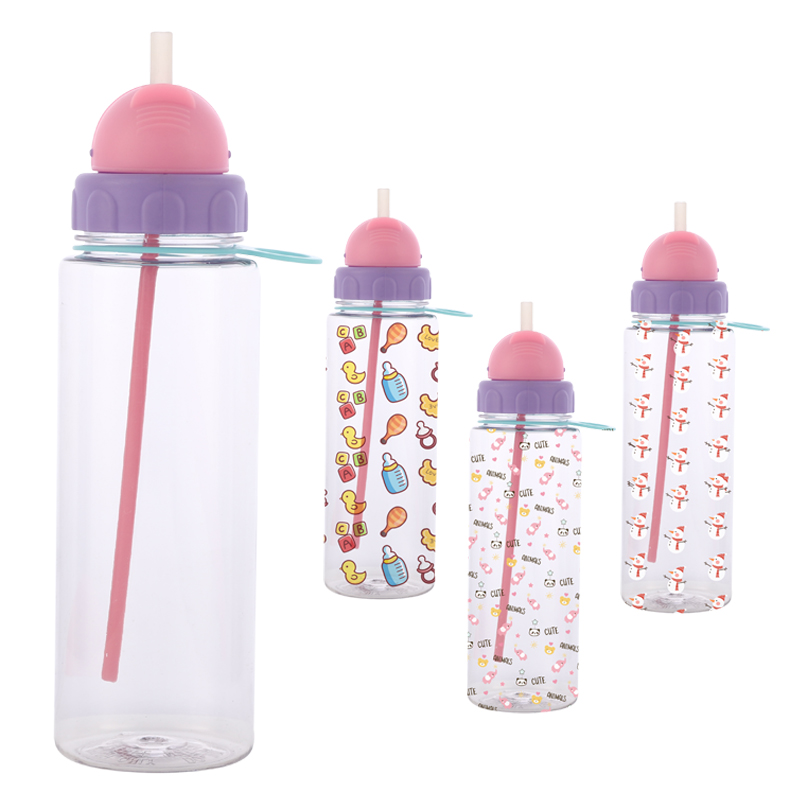I am following up on a project recently. The project products are three plastic accessories for customer A. After the three accessories are finished, they can be assembled with silicone rings to form a complete product. When customer A considered the production cost factor, he emphasized that the molds should be opened together, that is, there are three mold cores on one mold base, and the three accessories can be produced at the same time during production. However, in the subsequent cooperation and communication, Customer A wanted to overturn the three-in-one idea after considering various factors. So what is the difference between the production of independent molds and integrated molds for plastic parts? Why does customer A want to overturn the three-in-one approach?
As mentioned just now, the advantage of the three-in-one mold is that it reduces mold development costs. Plastic molds are simply divided into two parts, the mold core and the mold base. Mold cost components include labor costs, equipment depreciation, working hours and material costs, of which materials account for 50%-70% of the entire mold cost. A three-in-one mold is three sets of mold cores and one set of mold blanks. During production, three different products can be obtained at one time using the same equipment and the same time. In this way, not only the mold cost is reduced, but the cost of the product parts list is also reduced.
If a complete set of molds is made for each of the three accessories, it means three sets of mold cores and mold blanks. A simple understanding is that the material cost is more than the mold blank cost, but in fact it is not only that, but also more labor and working hours. At the same time, when producing plastic parts, only one accessory can be produced at the same time. If you want to produce three accessories at the same time, you need to add two additional injection molding machines for processing together, and the production cost will also increase accordingly.
However, in terms of product quality adjustment and color adjustment, independent molds for plastic parts have many advantages over three-in-one molds. If the three-in-one mold wants to achieve different colors and quality effects for each accessory, it needs to be produced by blocking. This results in the machine being overused and there is no independent mold to control.
An independent mold for each accessory can produce different quantities of accessories according to the project requirements and the number of accessories required to supply production needs. However, the three-in-one mold will first be combined with the mold itself, and all accessories can only be produced in the same quantity each time. , #Mold Development Even if some parts do not require so many parts, we have to meet the needs of the largest number of parts first, which will cause material waste.
Compared with three-in-one molds, independent molds will have better control over the quality of products during production. When three-in-one molds are producing products, there will sometimes be conflicts in materials and time between accessories. This It is necessary to constantly find the balance point for the production of various accessories during production.
Post time: Dec-26-2023
